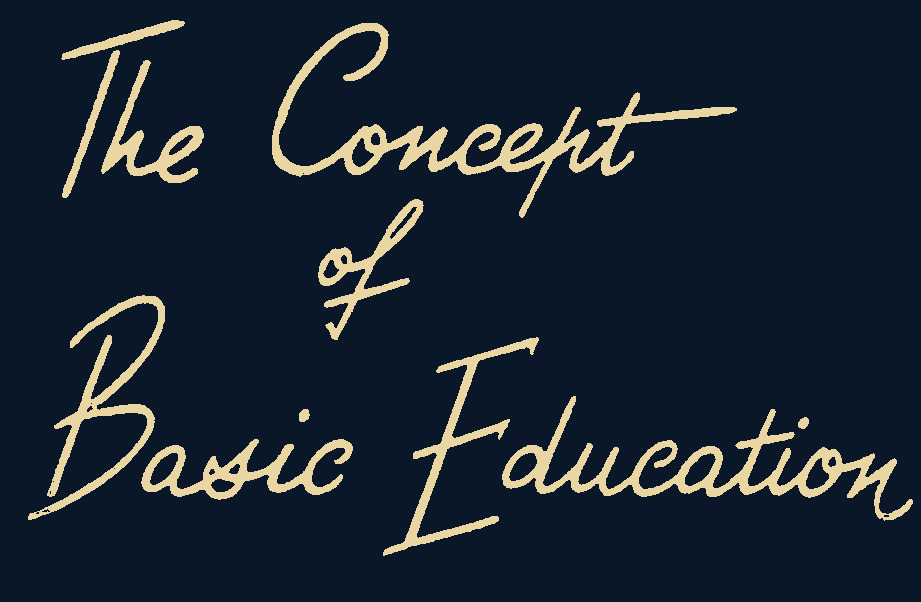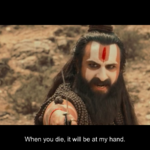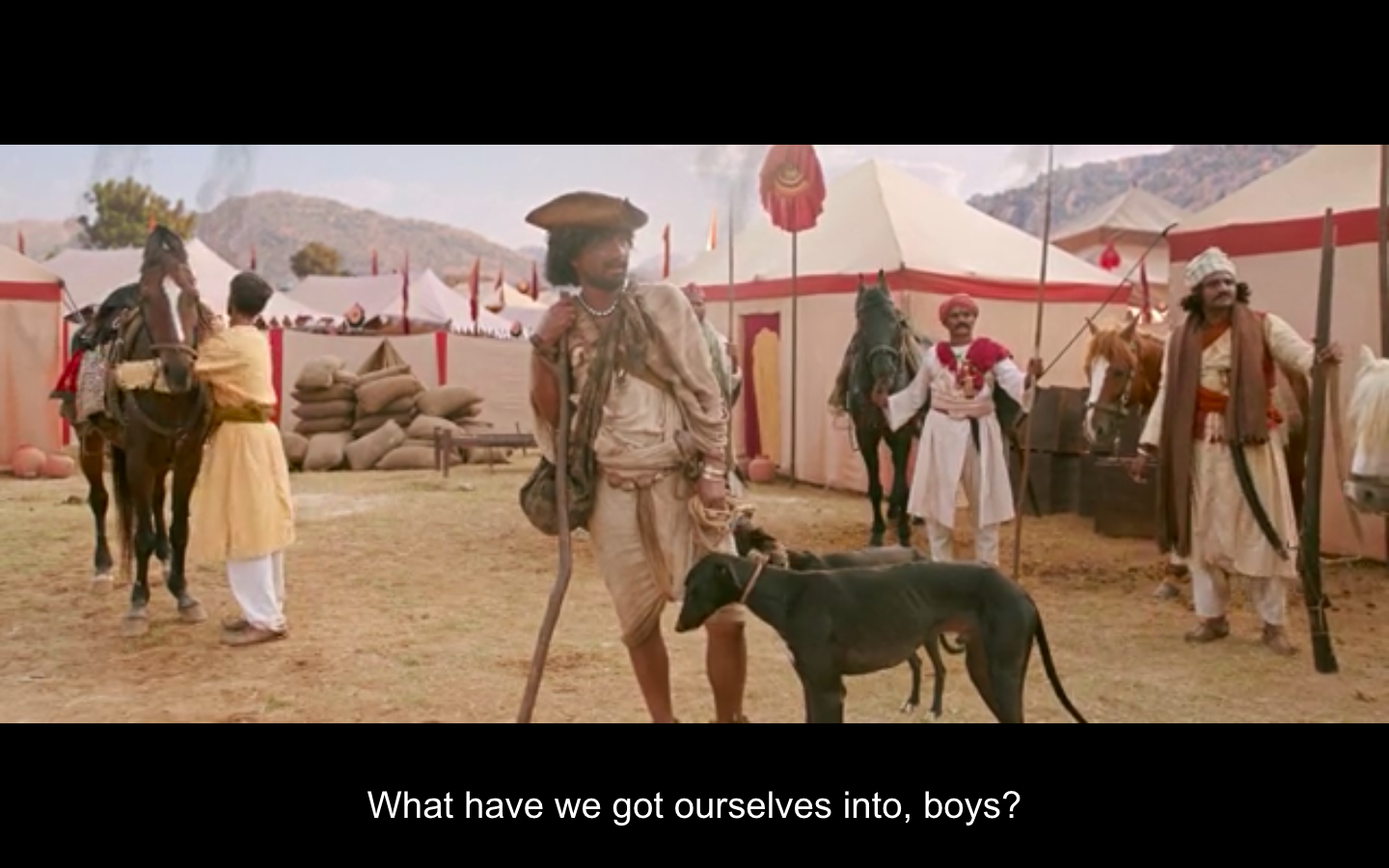There is an interesting piece in The Atlantic by Sergey Ivanov on the education system in Finland. Though the article is written from a viewpoint of an American, there are a lot of take home points for everyone and particularly for India. In this post I am trying to make sense of this article from an Indian standpoint. Through out the post if you just insert India for America (which I have done at places), it at once catches. For the problems Indians are facing are also the problems of the Americans, as we have more or less tried to follow their model of education. The basic theme that underlies the article
is this:
The Scandinavian country is an education superpower because
it values equality more than excellence.
To many in the Indian context who believe that excellence must be given priority over equity this might be surprising. Surprising because it undermines a basic premise in their logic: that to excel in science and technology the only way is to promote excellence. In India there have been two distinct approaches to education, there is a clear stratification of the students based on standardized tests, and it is these tests which filter out students. But as the Finnish experience shows us that this need not be the case.
The newly found fame for Finland’s educational system comes after excellence of their students in the PISA scores since 2000. This seems paradoxical when we learn more about the educational system. The tried and trusted formulae of instructionism and rote-learning, which many people swear by, have almost no place there. The Finnish educational system seems like an educational philosophers utopian materialized in the real world.
To understand why it is working, the way it is, Indians will have to give away their long cherished beliefs about educational system. This would make the government more accountable towards education of the people. This is not just cosmetic school reform, but a revamping of the complete educational philosophy with which we are running the show.
One of the most intriguing (at least for me) things to notice is:
“Oh,” he mentioned at one point, “and there are no private schools in
Finland.”
This notion may seem difficult for an American (Indian?) to digest, but it’s true. Only a small number of independent schools exist in Finland, and even they are all publicly financed. None is allowed to charge tuition fees. There are no private universities, either. This means that practically every person in Finland attends public school, whether for pre-K or a Ph.D.
(emphasis added)
Now, this is interesting. What can we say about India? In fact over the years there has been general trend that we are seeing, that the number of private schools is increasing. And then there are branded schools which are spreading their networks across the country. Not to tell that they charge really hefty fees, and are meant for the elite. And so is the case with the colleges, each professional degree has a price tag, only people who can afford it, get those degrees. The haves not, the non-elites, who are mostly from the deprived classes, remain with almost no education. The government keeps on talking about reaching out to people, and by allowing the private schools colleges to exist, it is actually preventing people from joining in. Another aspect about this is that since there are alternatives to the government schools, the government schools themselves have no pressure to perform. And as any intelligent parents will tell you, it is better to put your child in a private school than a government one. Most of the parents who are in a financial position to put their children in private schools, do so.
How many parents do you know who have enrolled their children in government schools, even when they can afford private schools?
There was yet another interesting piece If You Send Your Kid to Private School, You Are a Bad Person in which the author makes a case that it is parents who are driving the change of declining government schools. If the educated parents make a sustained effort of challenging and helping government schools to improve, they will surely improve. The parents adopt the path of least effort, and send their children to private schools, which are supposed to be better. This automatically creates a class divide without asking.
Even among the private schools there is an hierarchy. There are international schools, convent schools etc. So the social stratification that exists, is just reflected in the school system. Seen from this perspective, one can understand why are the government schools neglected. They are neglected because the people who are influential and who are amongst the rich and powerful are never affected by the dismal state of the government schools. They have an alternate avenue for their children where these schools never come into picture.
There is another thing that is striking in the Indian system, that is of the coaching classes. I do not know if they are present in Finland or even anywhere in the world. But in India, the coaching classes have a complete parallel system of cracking the educational system. The amount money that the coaching classes do attract must be comparable to the amount Government of India spends on education. This is another avenue where the class divide comes in. Only people with enough finances can afford to send their children to the best coaching classes. But the more fundamental question to ask is:
Why do coaching classes exist in the first place?
The answer to this question is not easy and it related closely to the way in which Indians look at education and its practices. The coaching classes exist because there is a demand for them. And what do coaching classes achieve. Most of the coaching classes are aimed at helping students crack some standardized test or the other. But why do you need standardized tests? Some of the rhetorical questions that one might ask against this question are:
From his (Sasi’s) point of view, Americans (Indians) are consistently obsessed
with certain questions:
+ How can you keep track of students’ performance if you don’t test
them constantly?
+ How can you improve teaching if you have no accountability for bad
teachers or merit pay for good teachers?
+ How do you foster competition and engage the private sector?
+ How do you provide school choice?
The answers Finland provides seem to run counter to just about everything America’s (India’s) school reformers are trying to do. For example the introduction of CCE or Continuous and Comprehensive Examination introduced as part of NCF 2005 is one such reform. Similarly we have incentives in forms of awards for best teachers, and of course the best students get rewards like getting admission to the best colleges. Their parents are proud, schools are proud, and their coaching classes are also proud. This can be seen by the number of advertisements the coaching classes put up. But all the exams like IIT-JEE, AIEEE, Medical Exams, Olympiads, etc. are standardized tests. These are the parameters of excellence in the country. Similar tests are also found in the US, like GRE, TOEFL, SAT etc. One would assume the standardized tests in Finland would be of very great quality, but in reality they don’t exist there.
For starters, Finland has no standardized tests. The only exception is what’s called the National Matriculation Exam, which everyone takes at the end of a voluntary upper-secondary school, roughly the equivalent of American high school.
The very idea of standardized tests emerged in the shadow of the Second World War. The mass recruitment of troops required a mass approach, which resulted in production of tests. In his book The Tyranny of Testing physicist Banesh Hoffman, criticises the standardized tests that were prevalent in the US, and takes to task the leading makers of these tests on the fundamental premise of their objectivity. Similarly one can, question the fundamentals of the standardized tests in the country.
Can any standardized test be really objective?
Personally, I do not think so. None of the standardized tests, take into account multiple factors that a student has skills in. These tests make the process of filtering students easier for the administrators. But do they help students at all (except for getting admission to a desired institute)? Do they really test the understanding of the subject matter? Do they take into account various social factors that is part of the mileu of the students? As Banesh Hoffman says the only thing objective about these tests is that once, the students fills in the answer sheet, the grading is objective. But why is that the teachers who are actually teaching the students cannot test them? Why do we need standardized tests to test the students?
And here comes in the idea of academic flexibility in the schools. In India even most university department do not have academic flexibility. There is a central committee which decides, what is to be taught and a committee sets a test with which we grade the students. This creates a definite goal in form of “completing the syllabus” for the teachers. This is a malice which pervades the educational system of India from primary schools to university departments. The teachers are in a race to reach the finish line of the syllabus, because if they do not, the students might face questions which they were not taught.
Though the teacher is the representative of the entire educational system in the classroom, they are nothing more than, to use a term by Krishna Kumar, “meek dictators” in the classroom. The real dictators are adminitrators and decision makers sitting at the top of the educational system. This perhaps is a colonial mentality which has been deeply embodied in the Indian psyche. But in Finland what happens:
Instead, the public school system’s teachers are trained to assess children in classrooms using independent tests they create themselves. All children receive a report card at the end of each semester, but these reports are based on individualized grading by each teacher. Periodically, the Ministry of Education tracks national progress by testing a few sample groups across a range of different schools.
People say that then the teachers cannot be trusted that they will grade their students correctly. So how will they be held accountable?
As for accountability of teachers and administrators, Sahlberg shrugs. “There’s no word for accountability in Finnish,” he later told
an audience at the Teachers College of Columbia University. “Accountability is something that is left when responsibility has been subtracted.”
For Sahlberg what matters is that in Finland all teachers and administrators are given prestige, decent pay, and a lot of responsibility. A master’s degree is required to enter the profession, and teacher training programs are among the most selective professional schools in the country. If a teacher is bad, it is the principal’s responsibility to notice and deal with it.
This is where the responsibility of the Government comes in. Goverment slowly is trying to distance itself from its role in providing education to all its citizens. But if teachers are themselves left unsatisfied both monetarily and ideologically??, what results one can
expect. In this way the Government is indirectly encouraging the private schools and coaching classes, and thus making the class divide even more striking.
And while Americans (Indians) love to talk about competition, Sahlberg points out that nothing makes Finns more uncomfortable. In his book Sahlberg quotes a line from Finnish writer named Samuli Paronen: “Real winners do not compete.” It’s hard to think of a more un-American (Indian) idea, but when it comes to education, Finland’s success shows that the Finnish attitude might have merits. There are no lists of best schools or teachers in Finland. The main driver of education policy is not competition between teachers and between schools, but cooperation.
Compare this with the Indian attitude. Competition seems to be the key to everything and especially education. Where does collaboration of
cooperation enter in Indian educational scenario?
Finally, in Finland, school choice is noticeably not a priority, nor is engaging the private sector at all. Which brings us back to the silence after Sahlberg’s comment at the Dwight School that schools like Dwight don’t exist in Finland.
…
“Here in America (India), parents can choose to take their kids to private schools. It’s the same idea of a marketplace that applies to, say, shops. Schools are a shop and parents can buy what ever they want. In Finland parents can also choose. But the options are all the same.”
And in India there are coaching classes which prepare students to get into better coaching classes. With both private schools and the coaching class industry around the education and related services have been commercialised to furthest extent possible. This just works in the favour of the already existing class divide. Parents do choose best for their children, and thus do perpetuate the divide as they have no other choices.
Decades ago, when the Finnish school system was badly in need of reform, the goal of the program that Finland instituted, resulting in so much success today, was never excellence. It was equity.
This is the state of the educational system in India now. And with the over emphasis on the excellence part which addresses a small set of mostly elite students, the goal should be creating equal opportunities for equity. The idea of equity in the academic circles is unfortunately equated with that of sub-standard or below average. There are people who will tell you, that “Look, there are bright students, and they need special coaching.” The government has to spend the money of bright students, so as to make the country excel in education. This is done at the expense of the average students. One may ask the question, how in the first place do you know a student is bright? The answer comes from scores of the standardized tests, which are the root cause of many problems that the educational system in India is facing now. If one is serious about changing the educational scenario in the country this has to be addressed. Though there are champions of the standardized tests, in India as in the US of Amerika, they are the ones whose existence is based on such tests. Without these tests their existence becomes meaningless. It will certainly increase the workload of lot many people a lot many times. But the problems of magnitude of changing educational system in India is no mean problem and will require solutions of these magnitudes.
Since the 1980s, the main driver of Finnish education policy has been the idea that every child should have exactly the same opportunity to
learn, regardless of family background, income, or geographic location.
In the Indian scenario this seems to have been forgotten. And one of the main reasons for this is the presence of private schools and coaching classes where parents can shop for education.
Education has been seen first and foremost not as a way to produce star performers, but as an instrument to even out social inequality.
This particular quote is exactly opposite of what the Indian
educational system does by promoting academic excellence over equity.
And this also relates to the qualities that Indians cherish. If good
education is equated with chances of making good money, then we know
where we are wrong. With private schools and coaching classes the
education of a student becomes a balance sheet, which will be brought
to green from red by the money that student will make after
completing education.
In the Finnish view, as Sahlberg describes it, this means that schools should be healthy, safe environments for children. This starts with
the basics. Finland offers all pupils free school meals, easy access to health care, psychological counseling, and individualized student
guidance.
In case of India we have seen implementation of the mid-day meal scheme. But does it extend to the other domains?
In fact, since academic excellence wasn’t a particular priority on the Finnish to-do list, when Finland’s students scored so high on the
first PISA survey in 2001, many Finns thought the results must be a mistake. But subsequent PISA tests confirmed that Finland — unlike,
say, very similar countries such as Norway — was producing academic excellence through its particular policy focus on equity.
And with so much emphasis on coming on top of the class in India, we are getting what we are sowing. Surveys will tell you that students,
including even those from the best private schools in the country do fail in simple evaluation. But is this unexpected? If the entire
focus of the educational system is to pass standardized tests, why should we expect our students to be better in something else?
That this point is almost always ignored or brushed aside in the U.S. (India) seems especially poignant at the moment, after the financial crisis and Occupy Wall Street movement have brought the problems of inequality in America into such sharp focus. The chasm between those who can afford $35,000 in tuition per child per year — or even just the price of a house in a good public school district — and the other “99 percent” is painfully plain to see.
Though India is yet to undergo Occupy BSE protests, it is not long before this happens.
Some people may point out that Finland is a developed nation. It is much more homogeneous as compared to India. Here it might become more complicated than in the US, but the central argument should hold through.
Yet Sahlberg doesn’t think that questions of size or homogeneity should give Americans (Indians) reason to dismiss the Finnish example. Finland is a relatively homogeneous country — as of 2010, just 4.6 percent of Finnish residents had been born in another country, compared with 12.7 percent in the United States. But the number of foreign-born residents in Finland doubled during the decade leading up to 2010, and the country didn’t lose its edge in education. Immigrants tended to concentrate in certain areas, causing some schools to become much more mixed than others, yet there has not been much change in the remarkable lack of variation between Finnish schools in the PISA surveys across the same period.
The social conditions in India do not match those in Finland. We have many factors like, caste and religion, which do strongly affect our educational policies in practice, if not in theory. So is this comparison valid? But comparing Finland with an country whose demographics are similar, namely Norway, we find different results. Which shows it is the educational policy which determines the outcome, and not the demographics.
Like Finland, Norway is small and not especially diverse overall, but unlike Finland it has taken an approach to education that is more American than Finnish. The result? Mediocre performance in the PISA survey. Educational policy, Abrams suggests, is probably more important to the success of a country’s school system than the nation’s size or ethnic makeup.
And time and again it is said that India does not have enough money to spend on its enormous population. Looking at the amount of GDP that is spent on education India ranks spends 3.1% of GDP on education (2006), while the US spends 5.5% (2007) and Finland 5.9% (2007). A more updated list shows this hasn’t changed much in the intervening years. A look at the graph below from the World Bank Data on these matters makes the picture clear. Though Norway spends more than Finland on education, the results are poor. So if we assume that this is the control then it clearly shows it is not the amount of money you spend or your socio-economic status of the people that matter. What matters most is the way in which you have planned for education and its spending.
 People tell you that most problems in Indian education system will go away if we have enough teachers! But why are not there enough teachers one may ask? Isn’t it funny that in a country which has second largest population in the world, we do not have enough government teachers? It is surely not a problem of human resources, but of will, both political and social. We do not want to spend more on education, and yet we expect the things to be better. And somehow government is willing to spend on private partners for education, a sort of outsourcing if you want. And with more and more Public Private Partnerships for education, government is just abdicating its responsibility, in the field of education as in other fields.
People tell you that most problems in Indian education system will go away if we have enough teachers! But why are not there enough teachers one may ask? Isn’t it funny that in a country which has second largest population in the world, we do not have enough government teachers? It is surely not a problem of human resources, but of will, both political and social. We do not want to spend more on education, and yet we expect the things to be better. And somehow government is willing to spend on private partners for education, a sort of outsourcing if you want. And with more and more Public Private Partnerships for education, government is just abdicating its responsibility, in the field of education as in other fields.
Finland’s experience suggests that to win at that game, a country has to prepare not just some of its population well, but all of its population well, for the new economy. To possess some of the best schools in the world might still not be good enough if there are children being left behind.
Problem in India is manifold.
“Finland’s dream was that we want to have a good public education for every child regardless of where they go to school or what kind of families they come from, and many even in Finland said it couldn’t be done.”
Clearly, many were wrong. It is possible to create equality. And perhaps even more important — as a challenge to the American (Indian) way of thinking about education reform — Finland’s experience shows that it is possible to achieve excellence by focusing not on competition, but on cooperation, and not on choice, but on equity.
(emphasis added)
The problem facing education in America (India) isn’t the ethnic diversity of the population but the economic inequality of society, and this is precisely the problem that Finnish education reform addressed. More equity at home might just be what America (India) needs to be more competitive abroad.
Most of us think that utopian ideas are not practicable. The talk about equity in education is essentially seen with that attitude. But the Finland example has just shown us that this is possible. Though it is definitely not to say that we blindly follow that model. But it seems that utopian things are possible, just that we will have to give up on long cherished notions of what we consider excellence as.











 The character has no name in the film, but he finds people who are wanted for a price. That is how he makes his living. He refuses a horse mount saying it interferes with His character has many layers and he shares a special relationship with the Gossain, they respect each other. It was a treat to watch Dobriyal play this character with English hat and his greeting of:
The character has no name in the film, but he finds people who are wanted for a price. That is how he makes his living. He refuses a horse mount saying it interferes with His character has many layers and he shares a special relationship with the Gossain, they respect each other. It was a treat to watch Dobriyal play this character with English hat and his greeting of:







